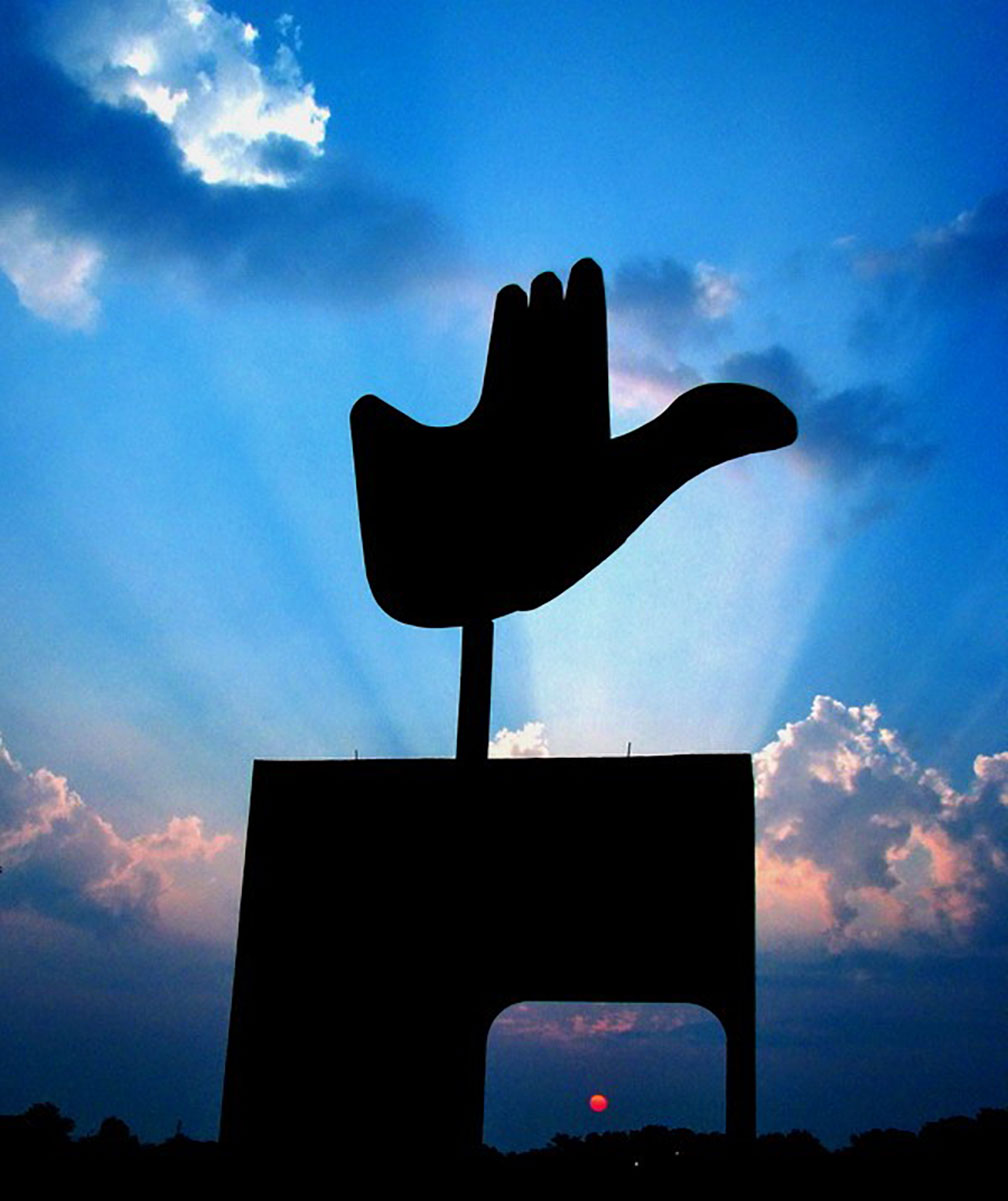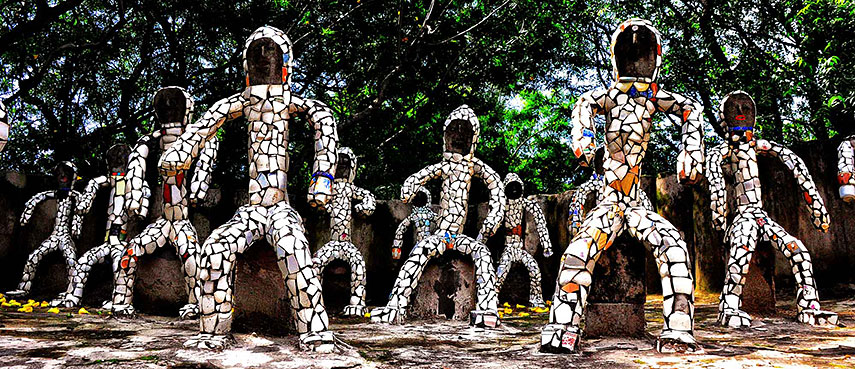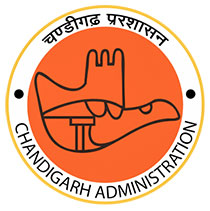About Chandigarh
 The famous open hand monument of Chandigarh. The symbolic structure was designed by Le Corbusier and is located in the Capitol Complex of the city.
Image: Ravjot Singh
The famous open hand monument of Chandigarh. The symbolic structure was designed by Le Corbusier and is located in the Capitol Complex of the city.
Image: Ravjot Singh
The satellite view and the map show Chandigarh. The city is located in northern India at the foothills of the Himalayas, in the Shivalik hills (Morni Hills).
The Hindi word Chandigarh means "the fort of Chandi," Chandi (aka or Chandika) is the combined form of Kali, Lakshmi, and Saraswati, a fearless and ferocious goddess, the Bengal Goddess of power.
Chandigarh is a planned city, built to replace
Lahore (now
Pakistan) as the capital of the Indian state of
Punjab. The site was designed in 1950 by Le Corbusier, the famous French architect and city planner.
The city is not only the capital of two Indian states, Punjab and
Haryana; it is also one of the seven Union Territories of India
under the direct administration of the Indian Government.
Chandigarh has a population of about 1 million people. Spoken
languages are Hindi, Punjabi, and English.
Some points of interest:
Sukhna Lake (an artificial lake), Rock Garden of Chandigarh (a sculpture garden), Government Museum and Art Gallery (a museum and art gallery), Open Hand Monument (Le Corbusier sculpture), Elante Mall (largest shopping mall in Northern India), Le Corbusier Centre (life and works of Le Corbusier), Rose Garden.
The map shows a city map of Chandigarh with main roads and streets, and the location of
Chandigarh International Airport (
IATA code: IXC).
To find a location use the form below.




